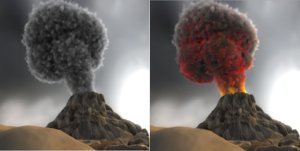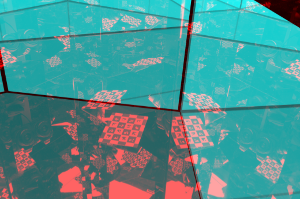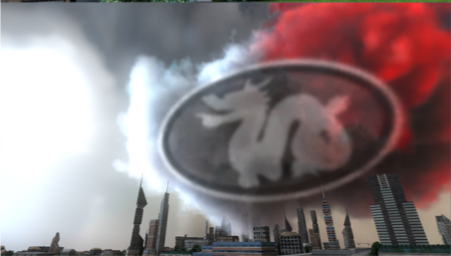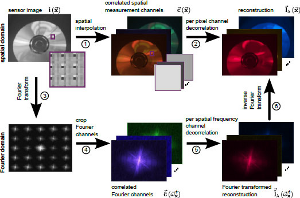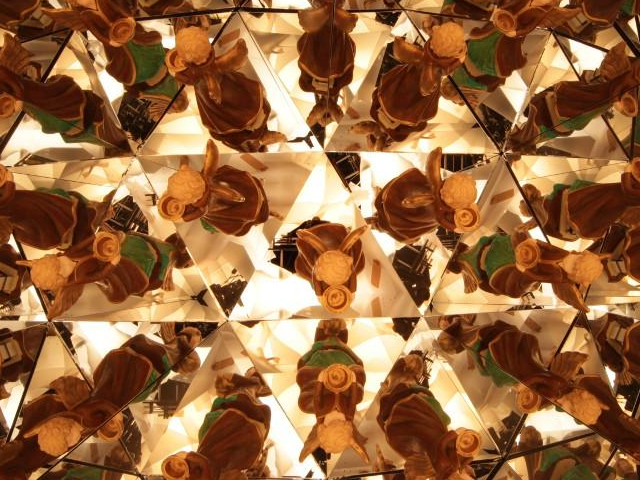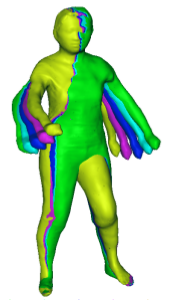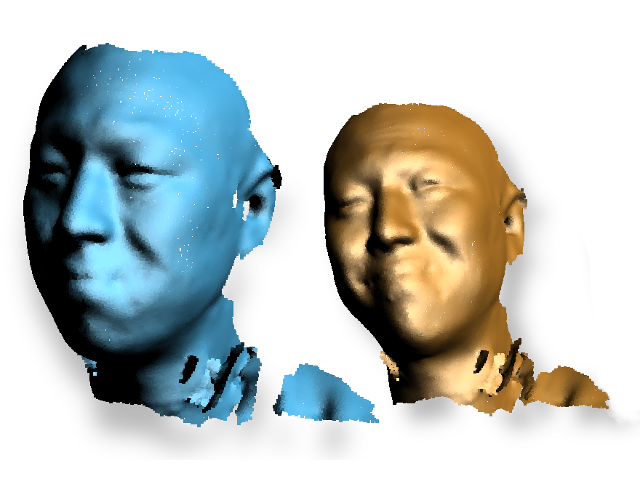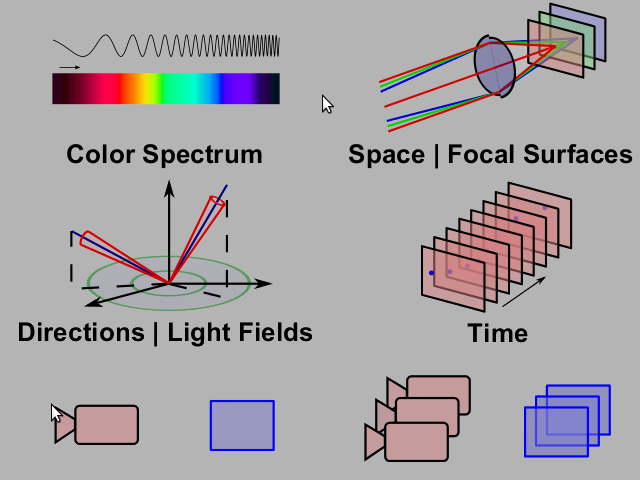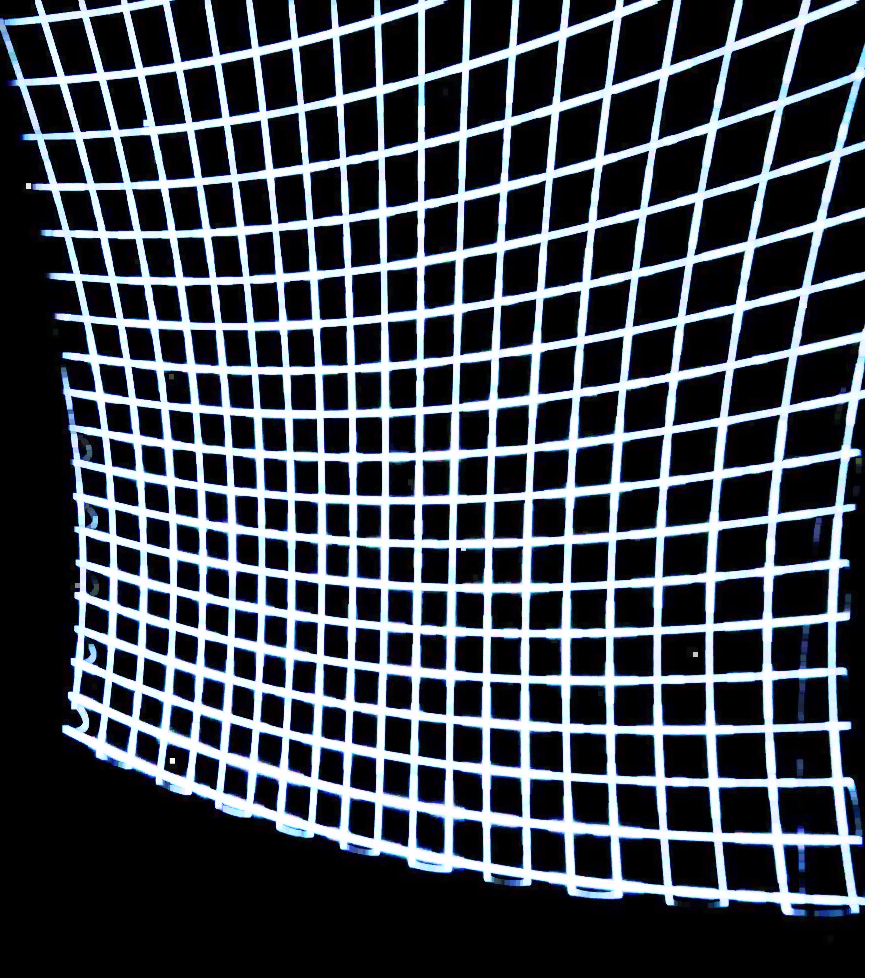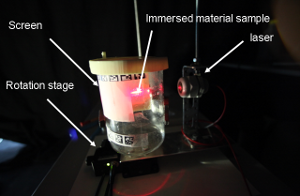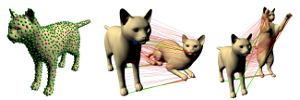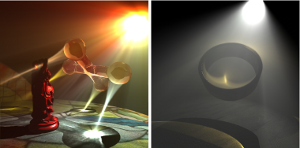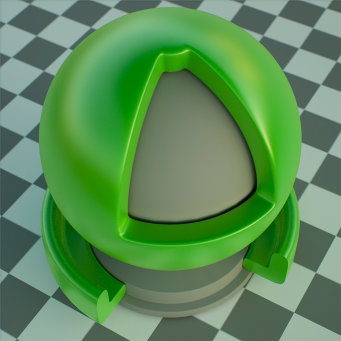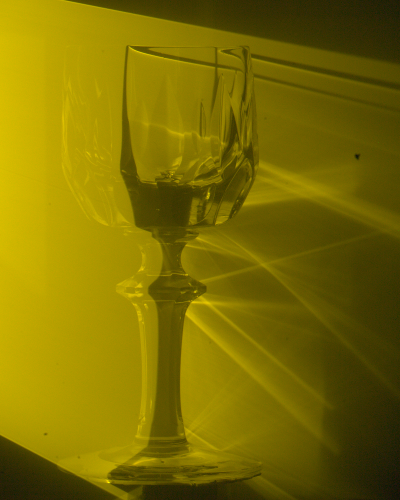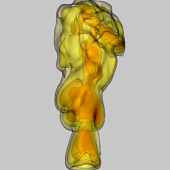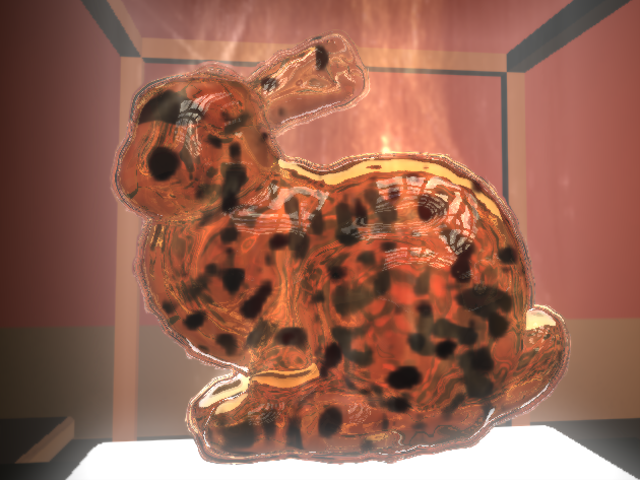Acquisition and Analysis of Bispectral Bidirectional Reflectance and Reradiation Distribution Functions
In fluorescent materials, light from a certain band of incident wavelengths is reradiated at longer wavelengths, i.e., with a reduced
per-photon energy. While fluorescent materials are common in everyday life, they have received little attention in computer graphics. Especially, no bidirectional reradiation measurements of fluorescent materials have been available so far. In this paper, we
extend the well-known concept of the bidirectional reflectance distribution function (BRDF) to account for energy transfer between
wavelengths, resulting in a Bispectral Bidirectional Reflectance
and Reradiation Distribution Function (bispectral BRRDF). Using
a bidirectional and bispectral measurement setup, we acquire reflectance and reradiation data of a variety of fluorescent materials,
including vehicle paints, paper and fabric, and compare their renderings with RGB, RGB×RGB, and spectral BRDFs. Our acquisition
is guided by a principal component analysis on complete bispectral
data taken under a sparse set of angles. We show that in order to
faithfully reproduce the full bispectral information for all other angles, only a very small number of wavelength pairs needs to be
measured at a high angular resolution.
Projects
Art Tevs, Alexander Berner, Michael Wand, Ivo Ihrke, Martin Bokeloh, Jens Kerber, Hans-Peter Seidel
In: ACM Transactions on Graphics, 2012, 31(2), article 12
Go to project listIn: ACM Transactions on Graphics, 2012, 31(2), article 12
Abstract
In this paper, we consider the problem of animation reconstruction, i.e., the
reconstruction of shape and motion of a deformable object from dynamic
3D scanner data, without using user provided template models. Unlike pre-
vious work that addressed this problem, we do not rely on locally conver-
gent optimization but present a system that can handle fast motion, tem-
porally disrupted input, and can correctly match objects that disappear for
extended time periods in acquisition holes due to occlusion. Our approach
is motivated by cartography: We first estimate a few landmark correspon-
dences, which are extended to a dense matching and then used to recon-
struct geometry and motion. We propose a number of algorithmic building
blocks: a scheme for tracking landmarks in temporally coherent and inco-
herent data, an algorithm for robust estimation of dense correspondences
under topological noise, and the integration of local matching techniques to
refine the result. We describe and evaluate the individual components and
propose a complete animation reconstruction pipeline based on these ideas.
We evaluate our method on a number of standard benchmark data sets and
show that we can obtain correct reconstructions in situations where other
techniques fail completely or require additional user guidance such as a
template model.
Project Page Bibtex
@Article{Tevs12:AC,
author = {Art Tevs, Alexander Berner, Michael Wand, Ivo Ihrke, Martin Bokeloh, Jens Kerber, Hans-Peter Seidel},
title = "{Animation Cartography - Intrinsic Reconstruction of Shape and Motion}",
journal = {ACM Trans. on Graphics},
volume = 31, number = 02, year = 2012,
pages = article (12),
}
author = {Art Tevs, Alexander Berner, Michael Wand, Ivo Ihrke, Martin Bokeloh, Jens Kerber, Hans-Peter Seidel},
title = "{Animation Cartography - Intrinsic Reconstruction of Shape and Motion}",
journal = {ACM Trans. on Graphics},
volume = 31, number = 02, year = 2012,
pages = article (12),
}

